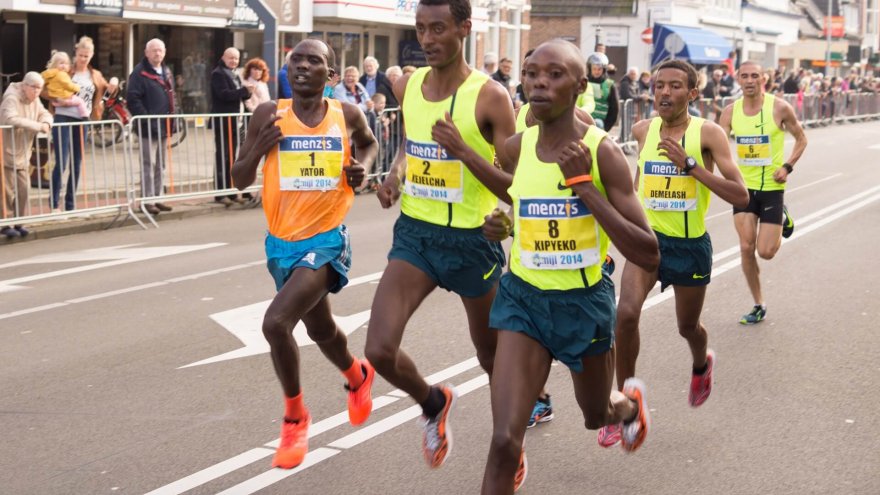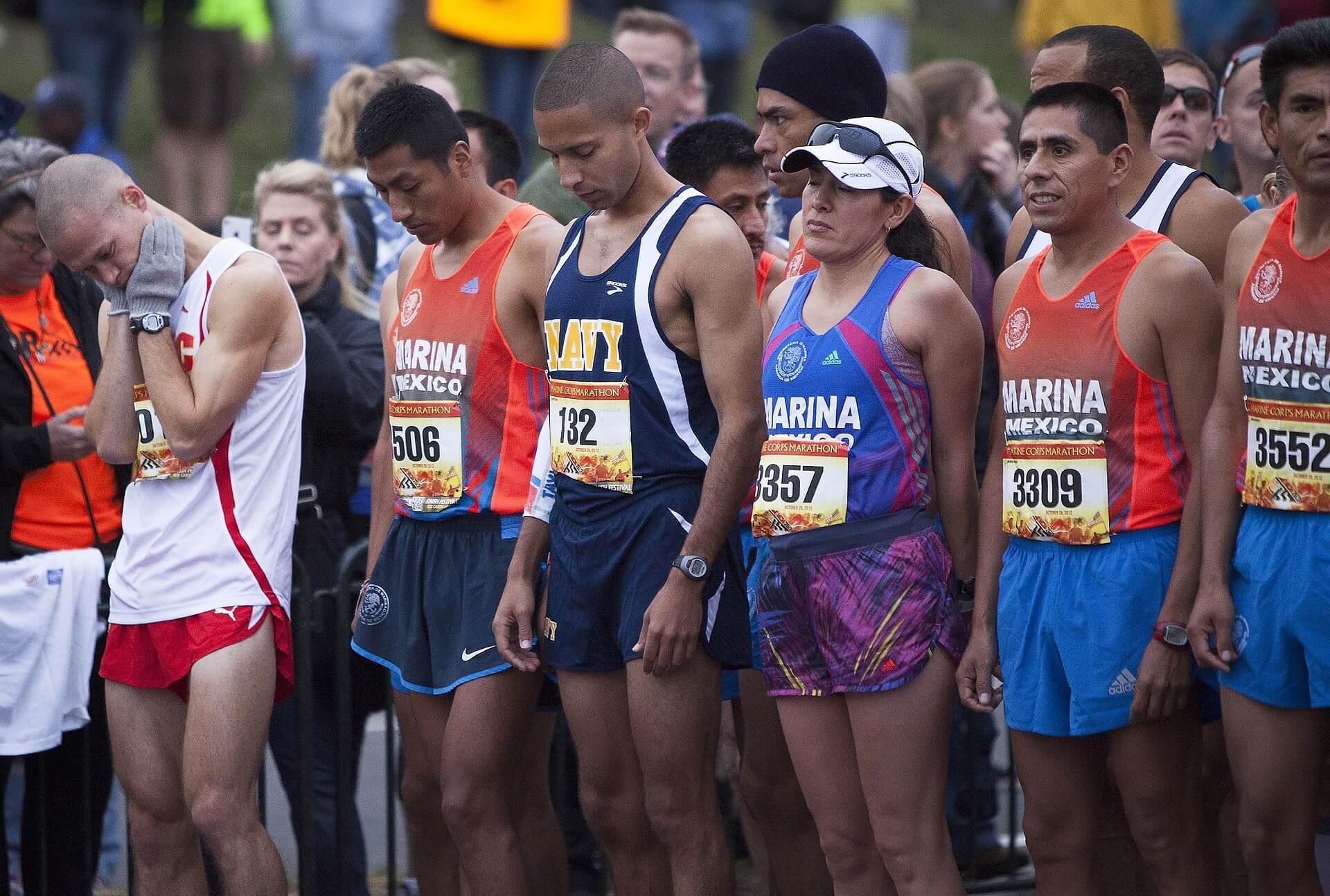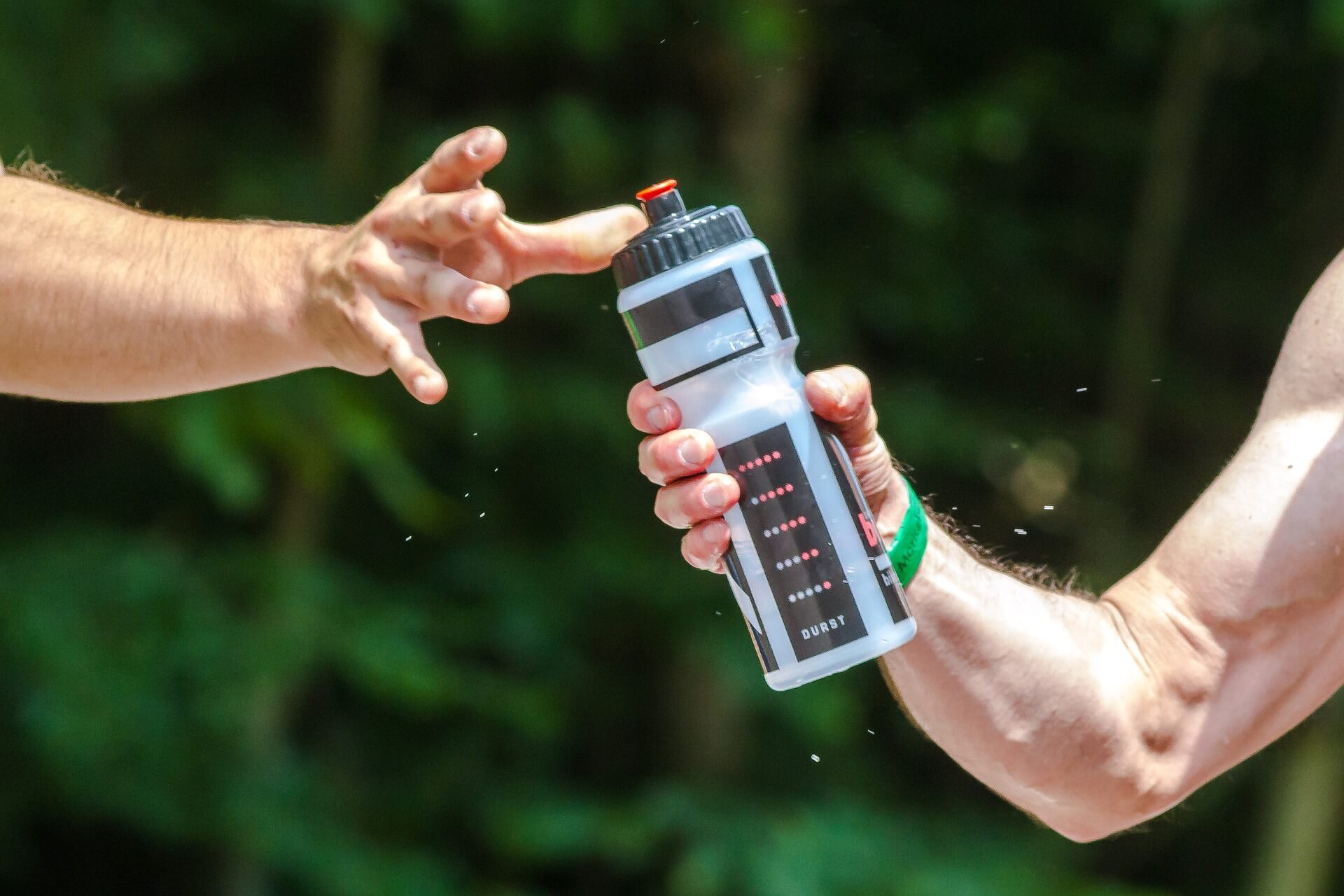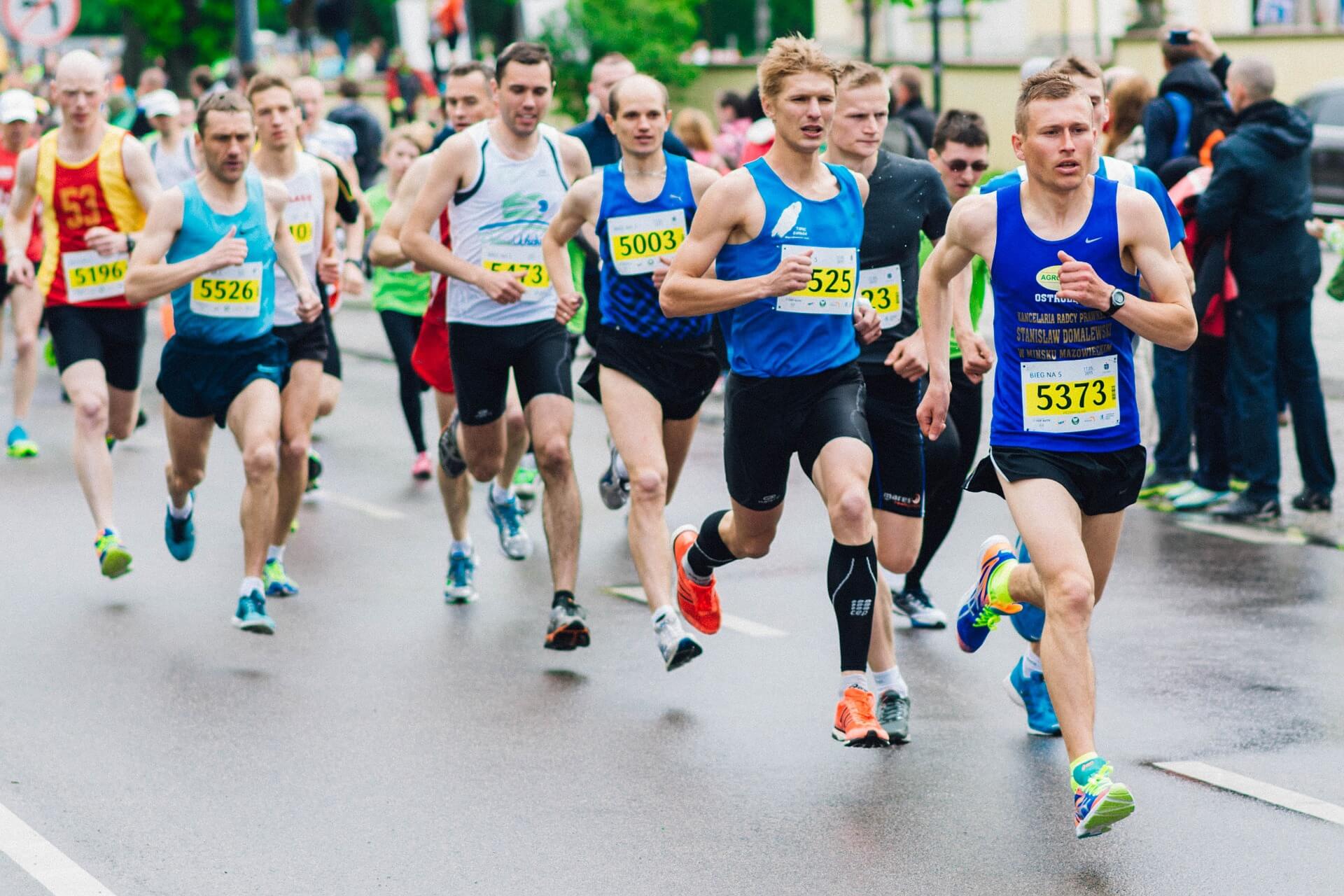Faster on Race Day Than During Training? Here’s Why

If you are a long time regular distance runner, meaning you have had quite a few training blocks, you are probably familiar with that not-so-good feeling of never really hitting your goal pace during training runs. It is on all of the training plans: “Run at goal pace for X miles”. Some long runs call for “run the last 10 miles at goal pace”. To be honest, most runners have a hard time running even half of their long runs anywhere near their goal pace, but then manage to do it on race day THE ENTIRE TIME. The distressing feat trying to accomplish those fast paces in training runs can really mess with a runner’s mind. You may end up feeling like you have to change your goal, if not it is going to be unachievable.

Many factors go into the faster race paces. The body is tapered and rested, fueling has been on point for several days leading up to the race, there are other runners around to compete against, and adrenaline is rushing. It sounds like it makes sense, but how do all of those factors really translate into faster paces? Some of it is physiological and others are mostly mental reactions to racing.
Taper
The point of the taper period, which is usually between one and three weeks long, is to give the body the rest it needs to feel fresh for race day. The months and months of training build up physical and mental stress and loads of fatigue on the legs. Throughout those months, we perform long runs and speed sessions on tired and sore legs, which is probably one reason why hitting paces during training is a tough feat. When you gradually decrease mileage and intensity throughout the taper period, the legs are rested and feel light and strong come race morning. It is true that training hard on tired legs is a good method to build endurance and strength, but it is also a great way to be able to enjoy how our legs feel at the start line.

Proper Fueling
We are supposed to be properly fueling throughout our entire training program, but it is never really perfect. Our nutrition is one aspect we should definitely be focusing on during race week. Eating enough carbs every day, hydrating well, and timing our meals around our workouts are a few things we get right leading up to the race. The carb loading and proper pre-race fueling truly help us run stronger compared to the training runs where we may not eat enough or maybe eat too much of the wrong things. Mid-race hydration is also another advantage to our faster paces as aid stations are evenly spaced out. During long training runs, most runners plan their hydration around water fountains that they may or may not pass, or skip fueling altogether.

Adrenaline
The body naturally releases this helpful hormone during times of excitement, stress, or fear. Adrenaline is the reason we feel extra energetic when we were just feeling tired. It also heightens our senses, which helps us concentrate on how we feel during the entire race. This spike in energy during racing may also be the reason why we are better able to tolerate pain than when we are training. When our legs feel extremely tight or we are getting that old twinge in the hamstring during a training run, we will most likely stop running or slow our pace to protect our bodies. Many runners will be able to run through these aches and pains and maintain their top speeds during racing. It is not encouraged, though, to run through any new or sharp pains, especially if they are negatively impacting your form.
These reasons combined with the fact that there are several other runners around us working towards similar goals are what push us to our limits. Studies have been conducted on the effects of training and racing in a group, and have shown that performance is positively impacted by this single factor. It makes sense to train in a group to reap these benefits every time we run, but even if you are a solo runner, this addition on race day is a bonus.

Besides having an extra jolt of energy on race day, competition, good nutrition, and rested legs, the months of cumulated training is the top reason we can do what we do on race day. Some runners focus on hitting specific workouts to decide if they can perform at their goal pace on race day, but the reality is that it is not because of those specific workouts. It is all of our training runs—the good and the bad ones together that make us strong and ready for a PR. And all runners will have a time where they just have an “off day” on race morning. And that is okay in the world of running. There is always another race.
Sources
Latest Articles
 Is Running on a Treadmill Easier Than Running Outside?Runners have their own preferences, whether it is treadmill running, running outside on the road, or exploring trails. So...
Is Running on a Treadmill Easier Than Running Outside?Runners have their own preferences, whether it is treadmill running, running outside on the road, or exploring trails. So... Is It OK to Use Trail Running Shoes on the Road?While trail running shoes can be used on roads, especially in situations where a runner encounters mixed terrains or pref...
Is It OK to Use Trail Running Shoes on the Road?While trail running shoes can be used on roads, especially in situations where a runner encounters mixed terrains or pref... How to Fix Sore Quads After Running?Rest, ice, gentle stretching, and over-the-counter pain relievers can help soothe sore quads after running. Also, ensure ...
How to Fix Sore Quads After Running?Rest, ice, gentle stretching, and over-the-counter pain relievers can help soothe sore quads after running. Also, ensure ... 10 Fruits With The Most Electrolytes to Replace Sports DrinksThese fruits are high in electrolytes such as potassium, magnesium, and calcium, essential for hydration, muscle function...
10 Fruits With The Most Electrolytes to Replace Sports DrinksThese fruits are high in electrolytes such as potassium, magnesium, and calcium, essential for hydration, muscle function...

